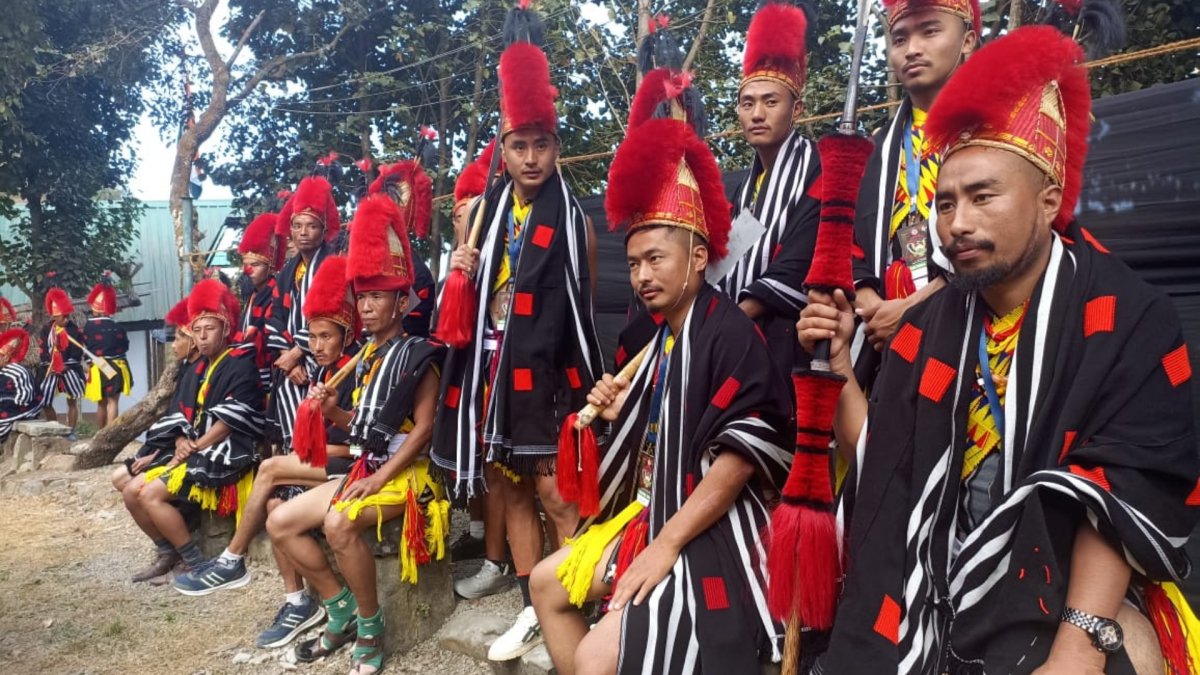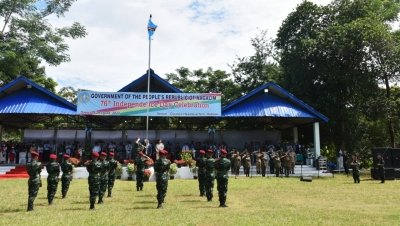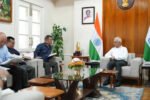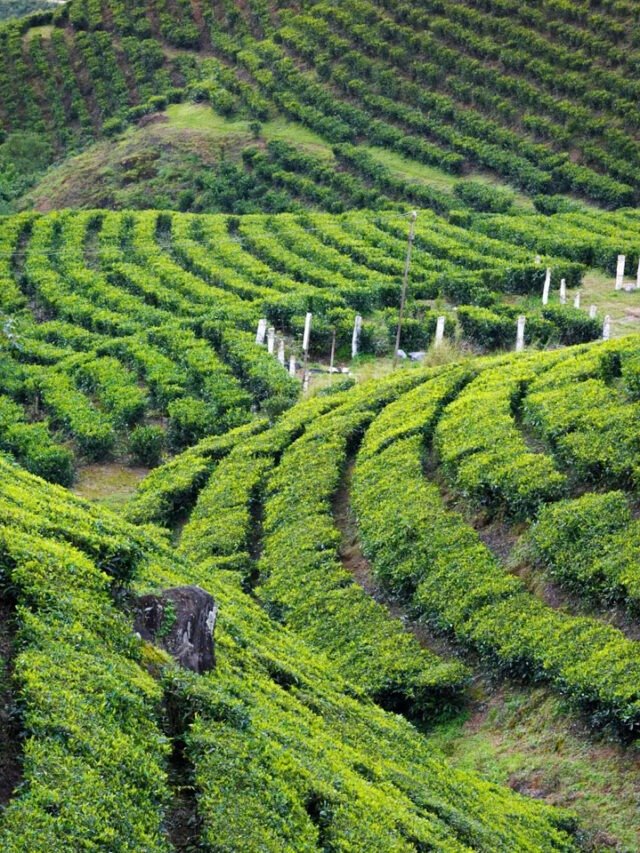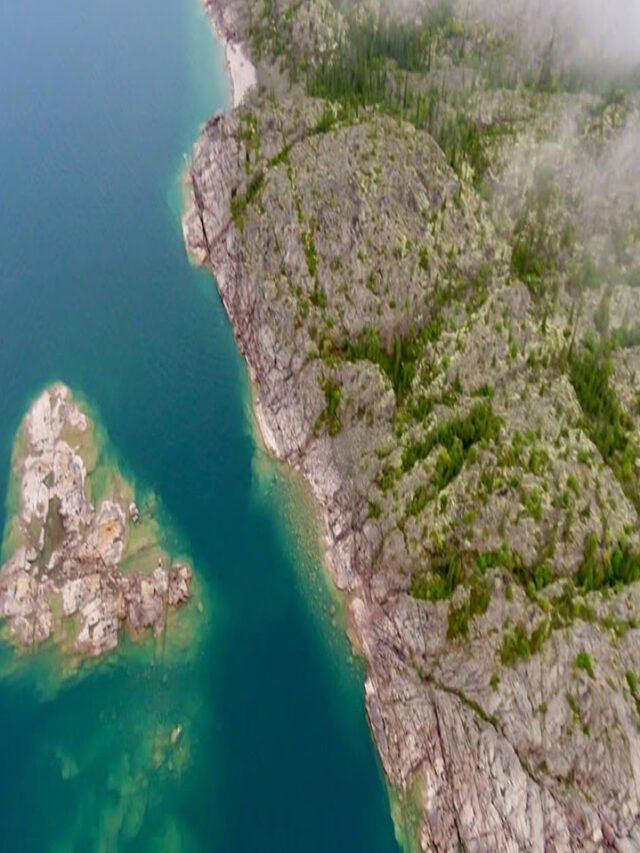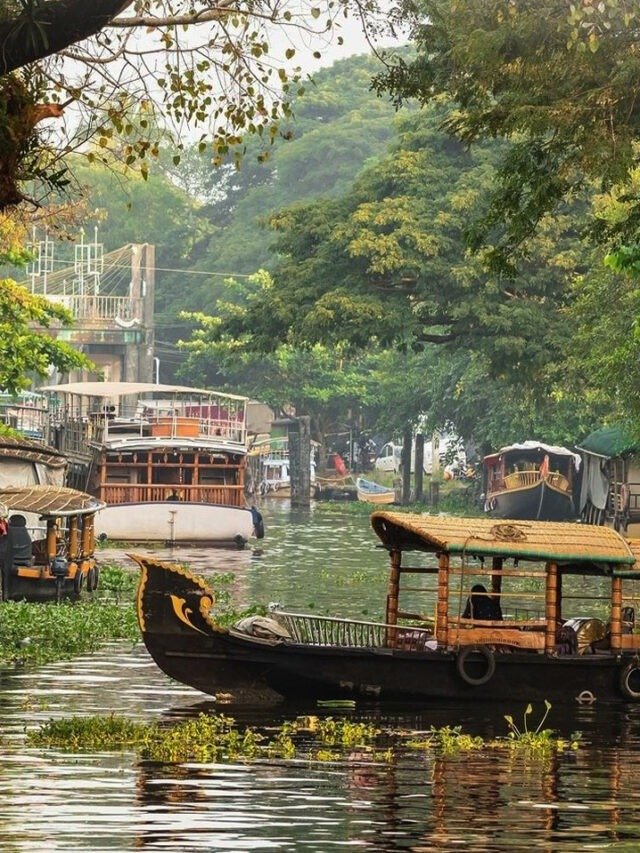DIMAPUR, Sept 5: The Naga Hoho on Tuesday urged the Nagaland government to extend all possible help and support and arrange a border area humanitarian support team with all medical facilities for Nagas coming from Myanmar.
In a memorandum submitted to the Nagaland Chief Minister on Tuesday, the Naga Hoho said, “It is evident that the displacement crisis from Myanmar is expected to further escalate as Myanmar’s military junta government continues to unleash its atrocities on its citizens and Nagas in particular. We, therefore, request the Nagaland government to extend all possible support and immediately arrange a border area humanitarian support team with all medical facilities. Shelter should also be provided to them.”
The Naga Hoho recommended humanitarian assistance such as providing food and shelter, engaging the diplomatic community in India and the United Nations Human Rights Council for working on the refugee status for the Naga refugees and to grant asylum status to asylum seekers.
It also demanded free education in Nagaland for the displaced Nagas of Myanmar. It further recommended providing accommodation for the students and arranging “scholarship programmes” for them to avail higher education.
It further recommended that free of cost medical health care facilities be provided in Nagaland for the displaced Nagas. It also said that free passage should be allowed to the displaced Nagas at the border and ensure their security.
“The arbitrary boundary divided families, clansmen, relatives, tribes, communities and the Naga nation. The Nagas on both sides of the border have been resisting these forceful occupations by India and Myanmar. However, the neo colonial design and brutal militarization by both the countries have only resulted into forceful division among the same people and the land. Due to this the Naga people in Myanmar have suffered more grievously,” the Naga Hoho pointed out.
Presently, the Nagas in Burma live in approximately 390 Naga villages.. Its population is estimated to be about half a million. There are 7 major Naga tribes in Myanmar – Tangshang, Konyak, Lainong, Nokko (Khiamniungan), Makury, Para, Tangkhul and other minor tribes include Anal, Moyon, Lamkang etc. With the formation of states and divisions after Burma attained independence on January 4, 1948, about 40 Naga villages of Tanai Township and Shinbwiyang sub-township were included in Kachin State while the rest were included in the Sagaing Region.
The Naga townships in the Naga areas of Sagaing divisions are – Khamti, Homlin, Layshi, Lahe and Nanyun (The constitution of the Union of Burma 1974). However, when Naga Self Administration Zone (NSAZ) was created under the terms of the 2008 Constitution of Myanmar and its official name announced by decree on August 20, 2010, it included only the hill townships – Layshi, Lahe, and Nanyun. Lahe was chosen as the administrative seat while the important valley townships Khamti and Homlin were left out, the Naga Hoho added.
The Naga consented neither to the creation of Self-Administered Zone nor the exclusion of the two important Naga townships, Khamti and Homlin. This was clearly mentioned in the memorandum submitted to the chairman of the National Convention Steering Committee on November 1, 2004, where the inalienable and indivisible right of the Nagas to their ancestral homeland was highlighted. The Naga people have a right to determine their own future by themselves, the Naga Hoho also said.
It also said the ancestral Naga areas in Myanmar which was also known as the “Somra Tract” during the British regime was never under direct rule of the British and it was left unadministered. And when the area was included under Myanmar, the area continued to be remain virtually unadministered by the Myanmar government and hence, very little about the Nagas living in Myanmar were known to the outside world, the Naga Hoho further added.
The Nagas in Myanmar are the poorest, most isolated and least developed people in Myanmar. Economically, Nagas in Myanmar depend on land and forest, the Naga Hoho said. There is hardly any opportunities for livelihood. Their access to education is minimum as there were no educational institutions for decades. It was only some 40 years ago that some primary schools were established.
Besides, there is no proper health care system across the Naga administrative regions. Health services are provided through the seven health care centres, each for the three townships and four sub-townships. However, these health centres lack adequate medical staff.
The memorandum also said, “It would be natural for our Nagas to send their children for education and other better prospect in Nagaland and other neighboring Naga regions where the situation is comparatively better and more promising”.
About 5000-6000 Nagas from Myanmar currently reside in Nagaland.
Moreover, the military coup in February, 2021 leading to a civil disobedience movement resulted in new displacements. According to the UN, an estimated 11,13,000 people have been internally displaced and thousands have fled across the international borders since February 1, 2021. Thousands fled into India, particularly in Mizoram state, and hundreds into Nagaland State. These new entrants in Nagaland are facing security and humanitarian crisis and they have very little access to education, the Naga Hoho also stated. (NNN)



